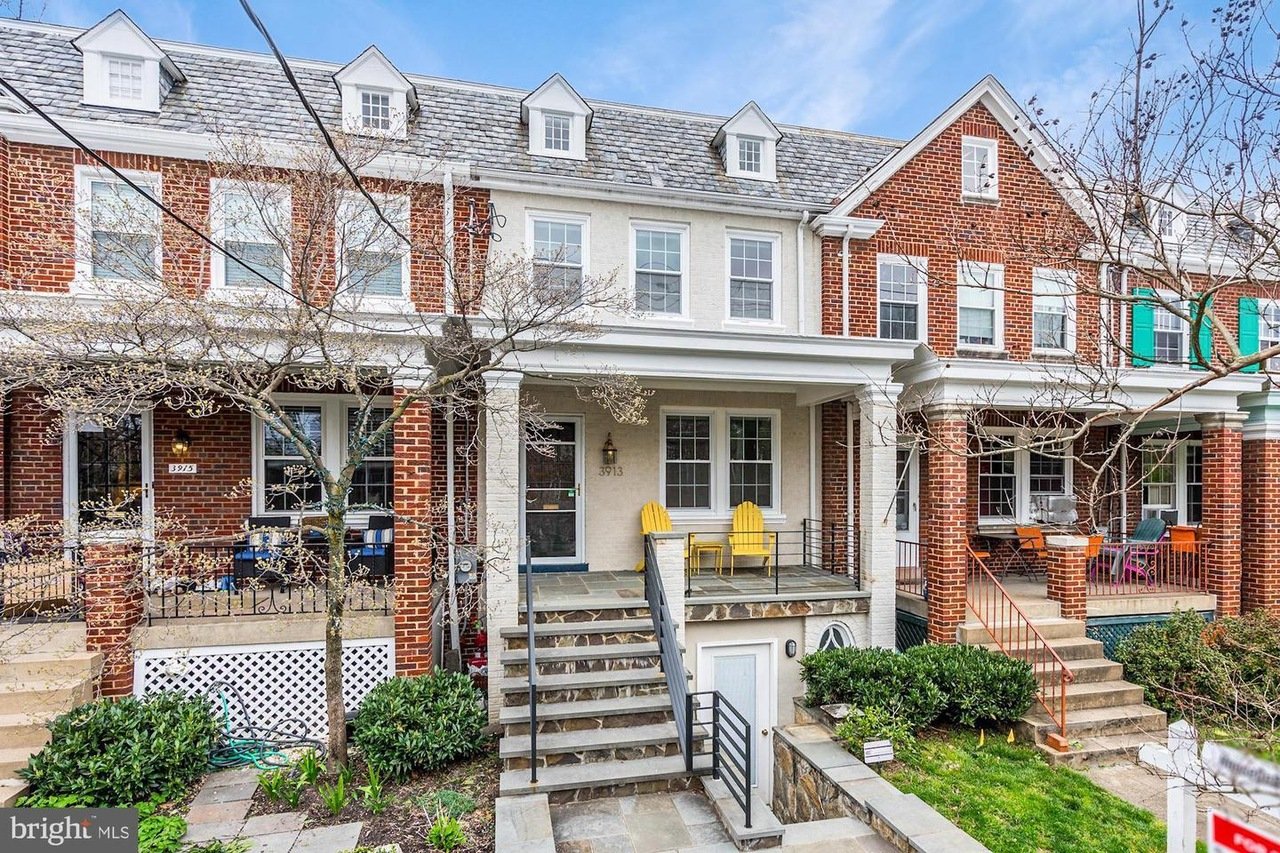By Eugene L. Meyer
Who lives here: More than half of Howard’s workers are professionals and managers. A third commute to Washington, a third to Baltimore. The population has more than doubled to 270,000 since 1980, thanks chiefly to Columbia’s growth.
Homefront: A third of the county’s homes have been built since 1990. Columbia’s late-20th-century architectural styles contrast with 19th-century Victorians in parts of Ellicott City and McMansions on large lots in western Howard. The Route 1 corridor encompasses newer subdivisions in north Laurel and a dwindling number of trailer parks.
What houses cost: The average sales price last year was $495,000. Twenty-nine homes sold for more than $1.5 million—nearly double the 2005 figure. Priciest areas include Fulton, Glenelg, West Friendship, and Ellicott City. Clarksville is hot, as is River Hill, Columbia’s newest section, where homes sell from the $600,000s to about $950,000, according to real-estate agent Mike Sloan. Prices are fairly stable, he says.
Local favorites: Quaint former mill town Ellicott City. Its three-block shopping district, which slopes to the Patapsco River, offers about 50 upscale shops and restaurants. “It still looks and feels like it did a long time ago,” says resident Rachelina Bonacci.
The Mall in Columbia (230-plus stores) and Lake Kittamaqundi at Columbia’s town center are popular gathering spots.
Biggest draws: Howard schools’ test scores are the highest in the state, and a library rating says its system is among the best in the country.
Drawbacks: Growth has strained roads and schools. Large-lot development is threatening the rustic western end.
How it beats Loudoun: It’s closer to two downtowns. Also, 40-year-old Columbia reflects much of its original vision as one of the first—and best—planned suburban cities in America.
On the Web: Historic Ellicott City (ellicottcity.net); Howard County guide (howardcounty.com); Columbia (columbia-md.com).

















